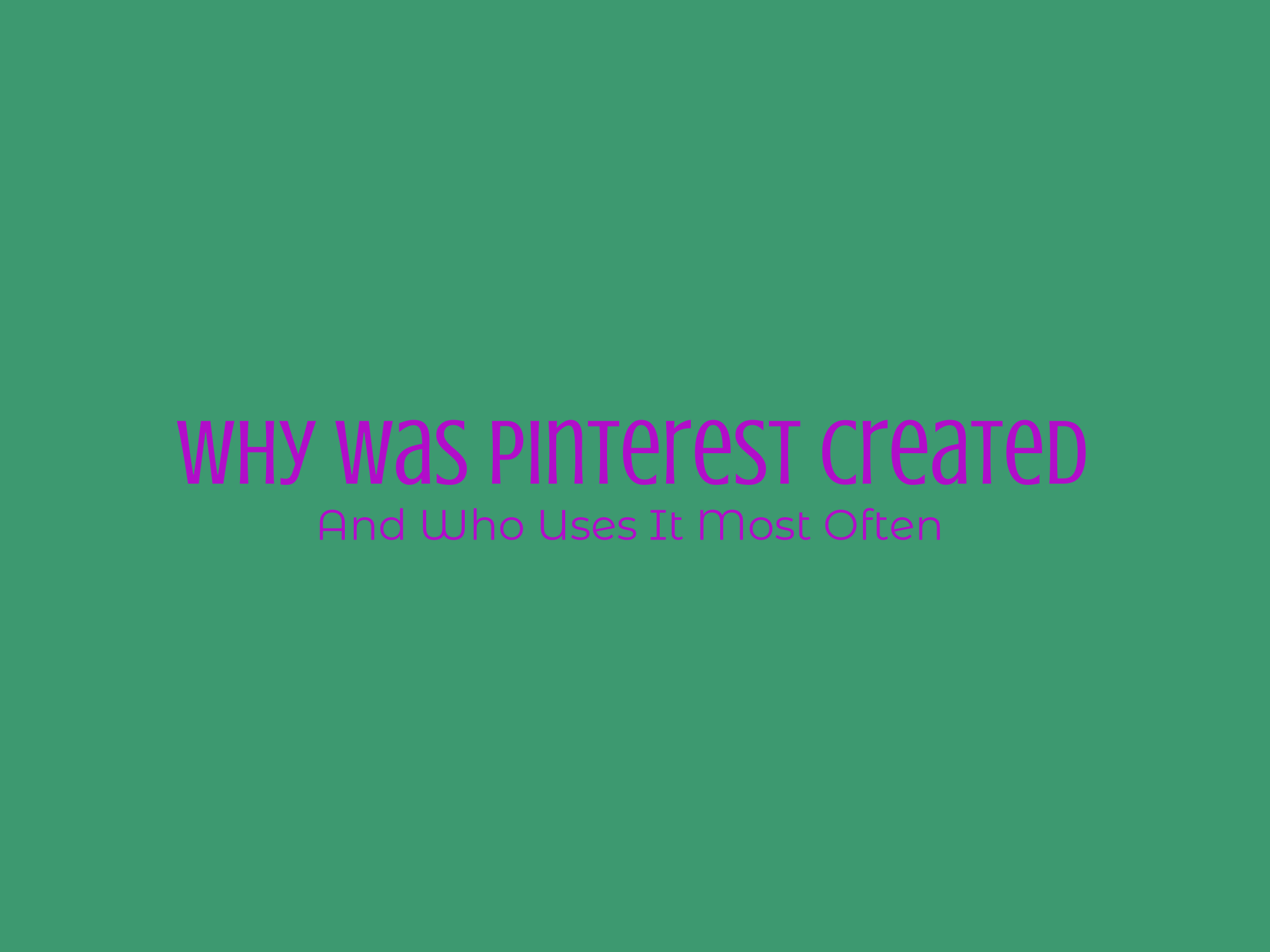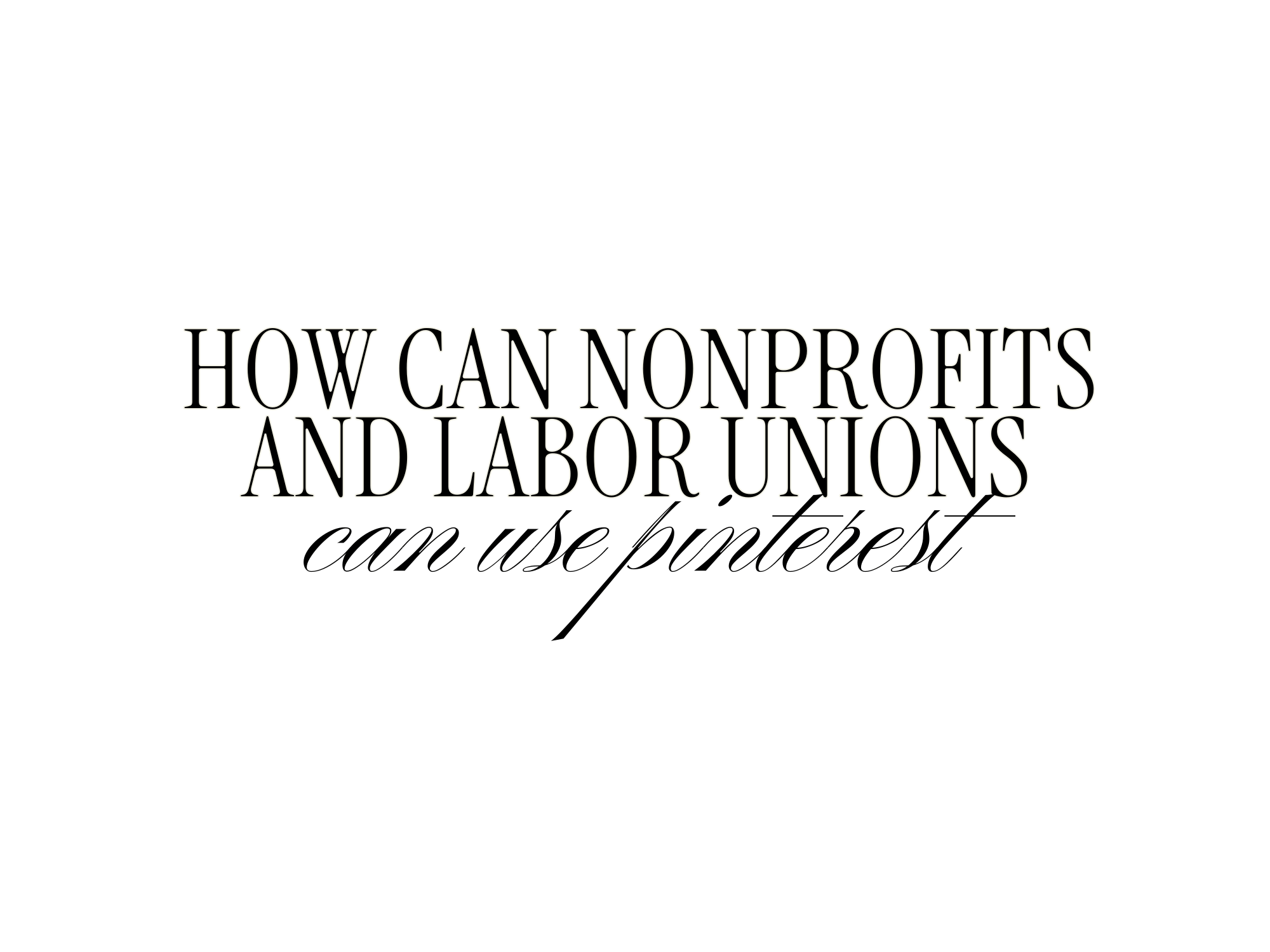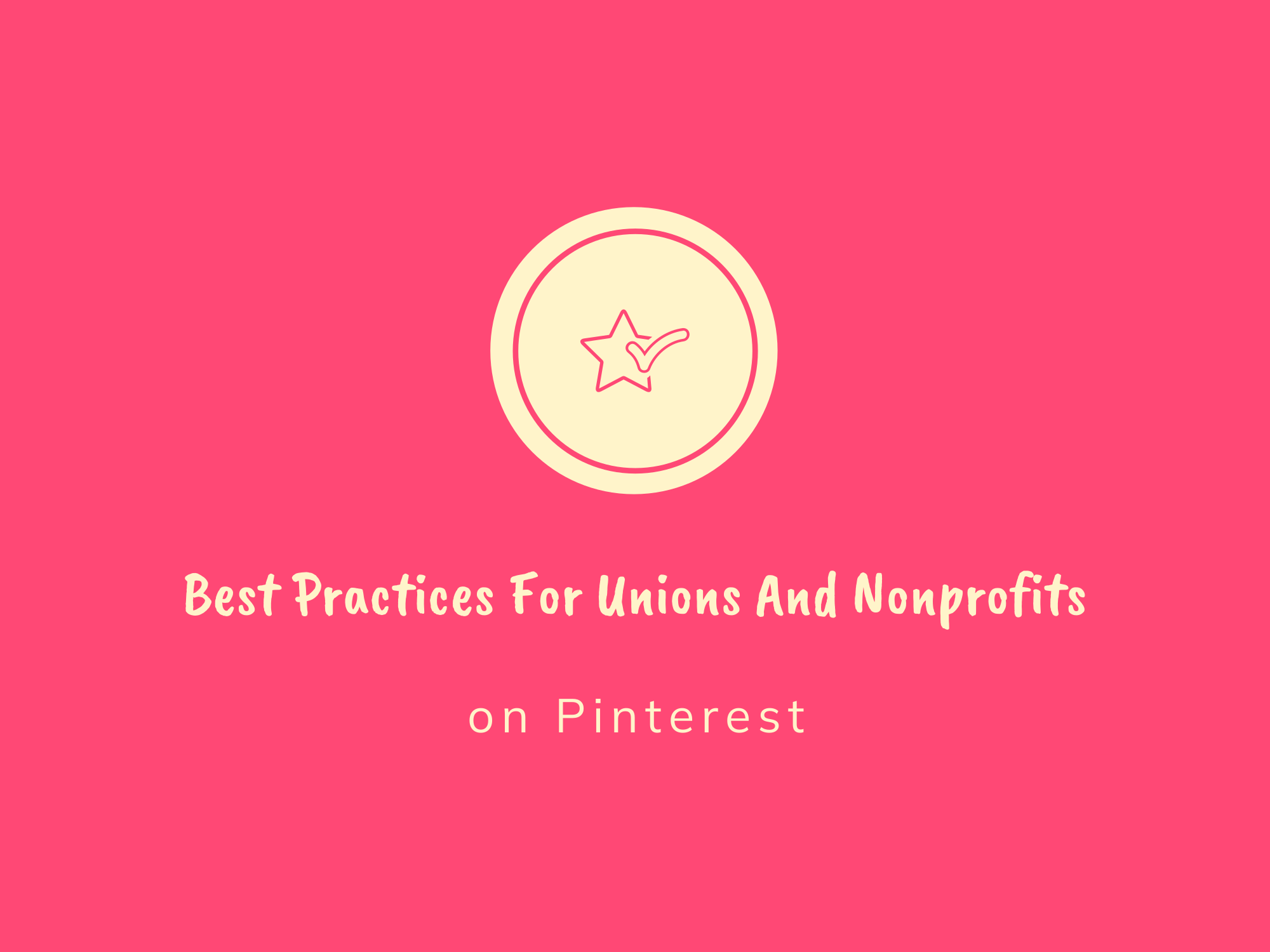Unions and nonprofits can effectively utilize Pinterest as a means to engage members and inform the public by creating visually appealing, informative boards that showcase their mission, past achievements, upcoming events, and relevant news. By sharing compelling visual content such as infographics, photos, and videos, these organizations can spark interest among their followers and drive traffic to their websites or social media pages. Additionally, Pinterest offers a platform for building community by allowing users to collaborate on group boards and share ideas or resources with one another. By consistently updating their boards with fresh content and actively engaging with followers through comments and likes, unions and nonprofits can cultivate a loyal online following while increasing awareness about their cause or campaign. Overall, utilizing Pinterest as part of an integrated communication strategy can help these organizations connect with members and reach a wider audience in a meaningful way.



